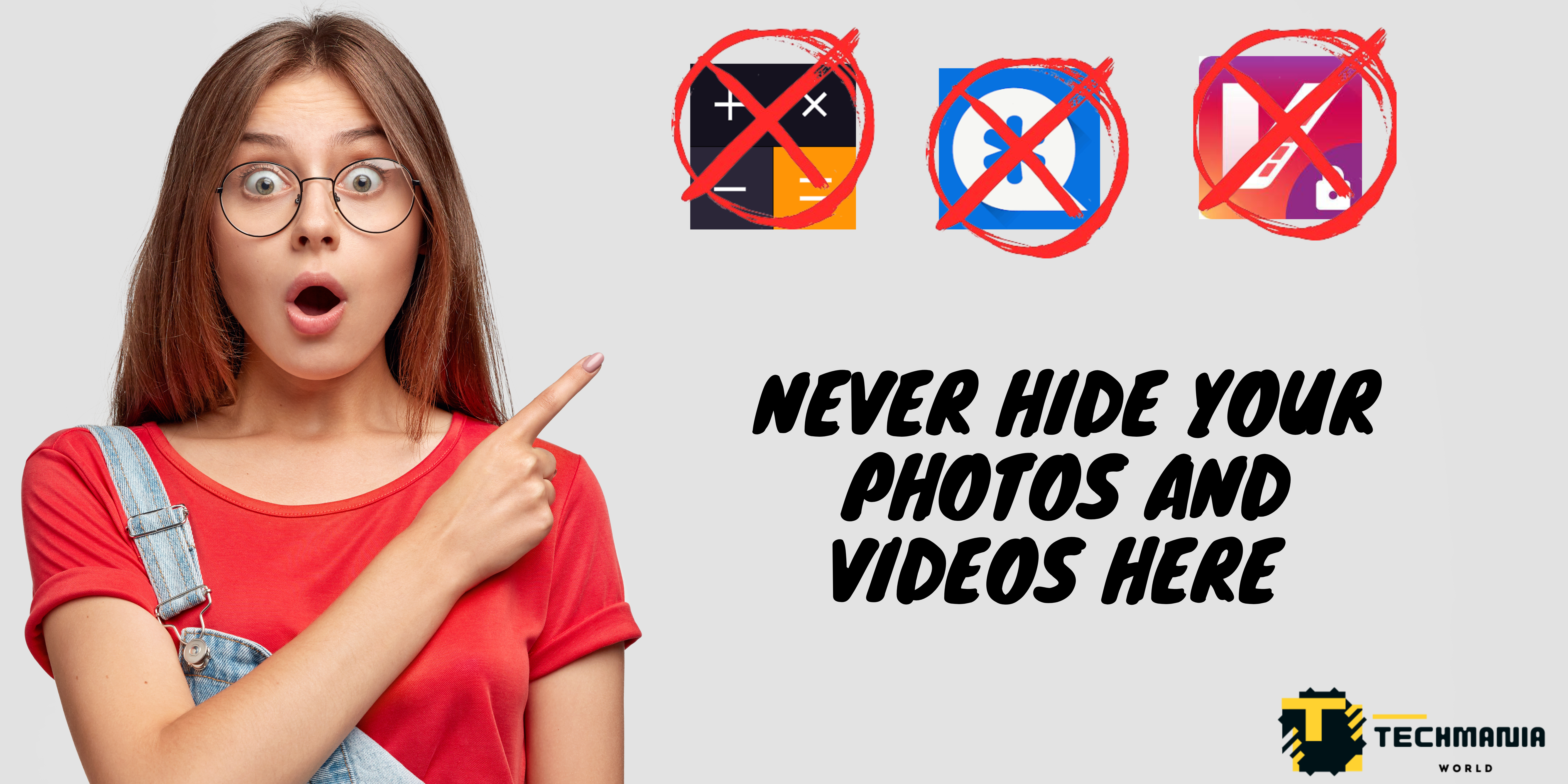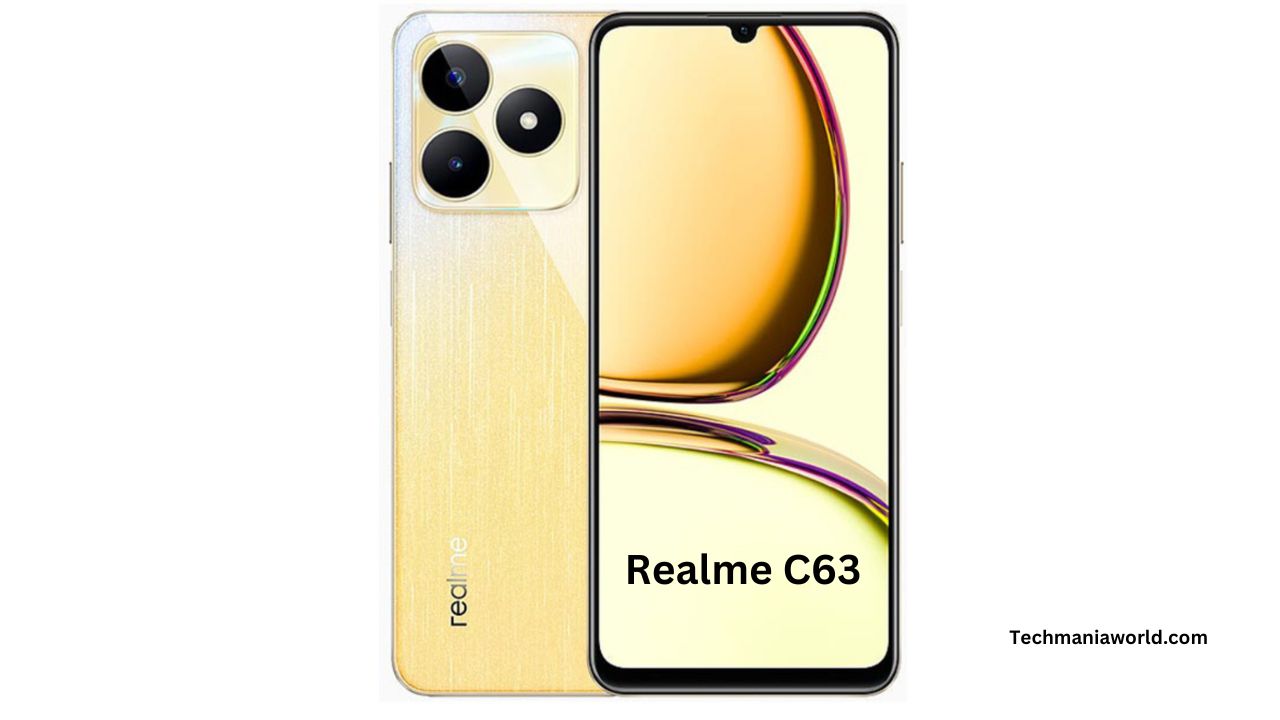Protecting personal data has become more important in the digital era, especially when it comes to visual assets like pictures and videos. The risks to security and privacy associated with using third-party apps to store such content outweigh any apparent benefits.
The Conundrum of Vulnerability 1. Breach Susceptibility
Breach of third-party apps is not unusual. These platforms are inherently vulnerable, as evidenced by the several instances of data breaches and leaks that have compromised users’ private media, even in spite of promises of strong protection.
2. Renouncement of Control
Users frequently give up control when they trust third-party apps with their private visual information. The submitted content may be accessed and used by these apps without permission, jeopardising ownership and privacy.
Examining Other Options: Safe, Independent Remnants
1. Solutions for Encrypted Storage
Selecting secure, self-contained storage options guarantees greater control. Sensitive visual content can find a safer home with encrypted discs or secure cloud storage, which eliminates the hazards connected with using unofficial software.
2. Strengthening Security of Devices
Increasing the security of personal devices by using biometric locks, strong passwords, and frequent software updates provides an extra degree of security. This protects data inside the boundaries of specific devices.
The Battle to Preserve Digital Privacy
1. Significance of End-to-End Encryption
Only intended receivers can access shared content thanks to end-to-end encryption methods. Platforms that follow this standard protect users’ privacy when exchanging content and communicating.
2. Conscientious Data Exchange Methods
There is a considerable decrease in the likelihood of sensitive content being exposed when conservative data sharing is used, which includes limiting app permissions and refraining from oversharing.
Techniques to Improve Digital Security: 1. Putting Multi-Factor Authentication into Practise
The implementation of multi-factor authentication enhances the security of sensitive data kept on devices and secure platforms by providing an additional barrier against unauthorised access.
2. Consistent Security Evaluations
Regular security audits assist in locating weaknesses, enabling preventative actions to strengthen privacy and data protection.
3. Offering Cyber Hygiene Education
Increasing people’s knowledge of cyber hygiene techniques, like spotting phishing attempts and comprehending privacy settings, helps them browse the internet more safely.
Convenience and Security in Balance
Third-party apps may seem easy, especially when it comes to sharing files without interruption, but there is a serious risk to digital security and privacy while using them. Maintaining digital integrity requires using self-contained secure systems and cautious data sharing.
Conclusion
Although the simplicity of using third-party apps to save private visual files may seem appealing, the hazards involved far exceed the benefits. Putting self-contained security measures first and implementing careful data sharing policies are critical to protecting digital privacy at a time when data protection is more important than ever.





[…] phones under Rs. 20,000/- with the highest performance and amazing gaming experience on it.click here to Read my previous […]
[…] Also read:- Never hide your photos and videos here […]